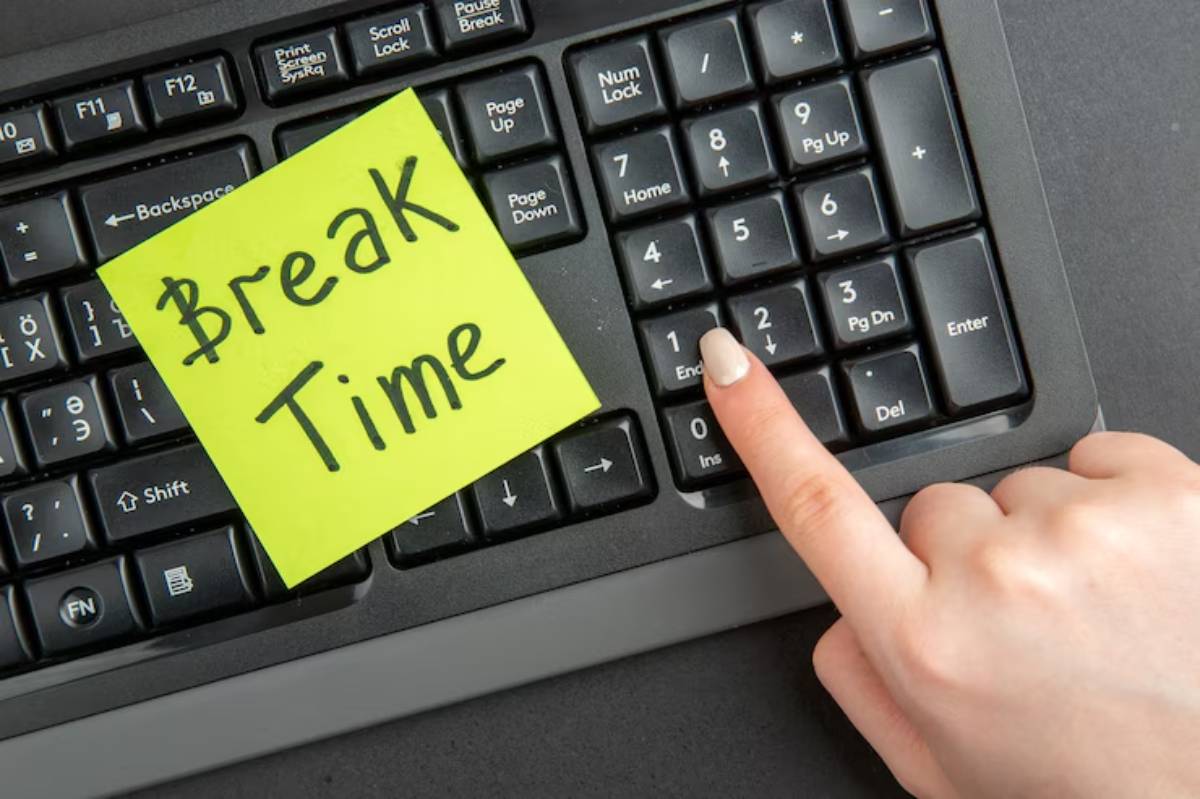
How to Train Your Brain to Start Tasks Immediately
The Hardest Part Is Starting — Here’s How to Get Past It
You have every intention of getting things done. Your task is sitting right in front of you. You find yourself staring at the screen. You refresh your inbox and tidy your desk. You’re doing everything except what you planned to start.
Sound familiar? You’re not alone. One of the most common challenges students face isn’t the task itself, but the ability to begin. Starting requires mental energy, motivation, and focus — all things that can feel out of reach when procrastination kicks in.
In this post, we’ll explore how to overcome procrastination by understanding what’s happening in your brain when you delay. More importantly, we’ll look at practical, science-backed task start strategies and brain activation tips that make taking that first step easier, faster, and even automatic over time.
These tools can help you start a revision session, write an essay, or work on a group project. They’ll turn your hesitation into action.
Why Starting Is the Hardest Part
The Brain’s Resistance to Effort
Your brain is wired to seek comfort and avoid discomfort. Starting a tough, boring, or high-pressure task can trigger your brain’s threat response. Your brain wants you to choose something easier and more rewarding. So, it pushes you to check your phone or watch a video.
This is known as effort avoidance, and it’s entirely normal. But with the right strategies, you can override this default response and take control.
The Myth of Motivation

Waiting to feel motivated is one of the biggest traps. Motivation often comes after action, not before it. The act of starting creates momentum, which fuels focus and confidence. The more you start, the easier it becomes — like building a muscle.
Strategy 1: Use the “Activation Energy” Principle
What It Means
The term “activation energy” comes from chemistry. It’s the minimum energy required to trigger a reaction. In psychological terms, it refers to the initial effort needed to begin a task. The higher this effort feels, the more likely you are to delay.
How to Lower It
- Make the first step ridiculously easy. Instead of “write essay,” start with “open document” or “write title.”
- Set up your materials beforehand so there’s no friction.
- Use a countdown : “I’ll begin in 3…2…1.” Then act without thinking.
Real example : Layla, a psychology student, found herself avoiding coursework. Now, she tells herself to just “put the laptop on the desk and open the file.” That’s her only rule. Nine times out of ten, she ends up working for longer than planned.
If you tend to freeze when tasks feel too large or ambiguous, try pairing these brain activation tips with an hourly study plan to structure your focus.
Strategy 2: Train a Pre-Task Routine
Why Habits Help
Your brain loves routine. If you create a consistent pre-task ritual, it sends a signal to your brain: “We’re about to start.” Over time, this ritual becomes a trigger for focus.
Build Your Ritual

- Choose a cue like a specific song, drink, or movement (e.g. stretching or deep breathing).
- Pair it with one type of task, like studying or writing.
- Repeat it every time before that task.
This helps condition your brain to shift into work mode automatically, reducing resistance.
Strategy 3: Use the 5-Minute Rule
Just Start — But Only for Five Minutes
Tell yourself you only need to do the task for five minutes. This lowers your psychological resistance. You’re not committing to the whole thing — just the start.
What usually happens? You get into it and keep going. But even if you stop after five minutes, you’ve still taken action, which builds the habit of starting.
Strategy 4: Make Your Environment Task-Ready
Remove Visual Barriers
What you see affects how you think. A cluttered desk, irrelevant tabs, or visible distractions tell your brain, “This isn’t a focused space.”
Try this:
- Tidy your workspace before starting
- Close unrelated browser tabs
- Use full-screen mode when writing
- Leave your phone in another room or on silent
Add Visual Cues
Place your to-do list somewhere visible. Keep your textbooks or notes open on your desk. Set your screen background to a motivational quote. All of these act as subtle prompts to begin.
Strategy 5: Use the “Implementation Intention” Technique
From “I’ll Do It Later” to “I’ll Do It at 3 PM in the Library”
An implementation intention is a specific plan that connects when, where, and how you’ll start a task. Instead of vague goals, it gives your brain a clear path.
Example:
- Vague : “I need to revise history.”
- Specific : “At 5 PM, I’ll go to the kitchen table and study the Cold War notes for 30 minutes.”
This reduces decision fatigue and increases follow-through. A study in the British Journal of Health Psychology found that students who used implementation intentions were much more likely to complete their intended actions than those who did not.
Strategy 6: Break the Freeze with a Mind Dump
Clear the Mental Clutter
Sometimes, it’s not the task itself that feels heavy — it’s everything floating around in your head. Worries, reminders, other to-dos.
Take two minutes to do a brain dump: write down everything on your mind. Don’t edit. Don’t overthink. Just get it out.
Then return to your task. You’ll often feel lighter and more focused.
Strategy 7: Reframe the Task Emotionally
From Threat to Challenge
If you associate a task with anxiety, your brain will try to avoid it. But if you see it as a challenge or even a game, the emotional tone changes.
Ask yourself:
- What will I gain by doing this?
- How will I feel once it’s done?
- Can I make it more fun or creative?
For instance, if you hate revising, turn it into a quiz format or use flashcard apps like Anki or Quizlet. Adding novelty helps your brain engage.
Strategy 8: Use a Study Sprint with Accountability
The Power of Social Pressure
Studying alongside someone else — even silently — boosts your likelihood of starting. This could be:
- A virtual study session over video call
- A library buddy
- Joining a “study with me” stream online
Even better, tell someone your goal and when you’ll check in with them. Public accountability motivates action.
Real-Life Story: How Theo Learned to Start Before He Felt Ready
Theo, a design student, struggled with procrastination on creative briefs. He told himself he needed to feel inspired before starting. That led to late nights, missed deadlines, and mounting stress.
His breakthrough came from using the five-minute rule and setting a timer. He also created a simple ritual: lighting a scented candle, playing ambient music, and opening his sketchbook.
“Once I stopped waiting to feel ready and just started drawing lines or brainstorming ideas, the block disappeared. Now I don’t think — I just begin.”
His productivity improved. So did his confidence.
Common Mistakes to Avoid
- Waiting for the “right time” : It rarely arrives. Start now — even imperfectly.
- Trying to start big : Begin with the easiest step. Build up from there.
- Blaming lack of motivation : Action leads to motivation, not the other way around.
- Over-planning : Don’t get stuck organising instead of doing. Plan briefly, then act.
Summary: Training Your Brain to Take Action
You don’t need to “feel” ready to begin. What you need are systems and triggers that make starting easier and repeatable.
Let’s recap the top strategies:
- Lower activation energy
- Build a pre-task ritual
- Start with five minutes
- Optimise your space
- Use implementation intentions
- Clear mental clutter
- Reframe tasks emotionally
- Add accountability and sprints
The more you practice these habits, the easier it is to skip hesitation and take action. You can also try the Pomodoro Technique if you prefer working in short, focused bursts rather than pushing through long sessions.
Your Turn: Take One Step Right Now
Think about the task you’ve been avoiding. What’s the first two-minute version of it? Can you start it now?
Getting started is hard, but with the right tools, it gets easier every time.
Leave a comment about what you’re planning to do today and how you’ll make it easier to start.


